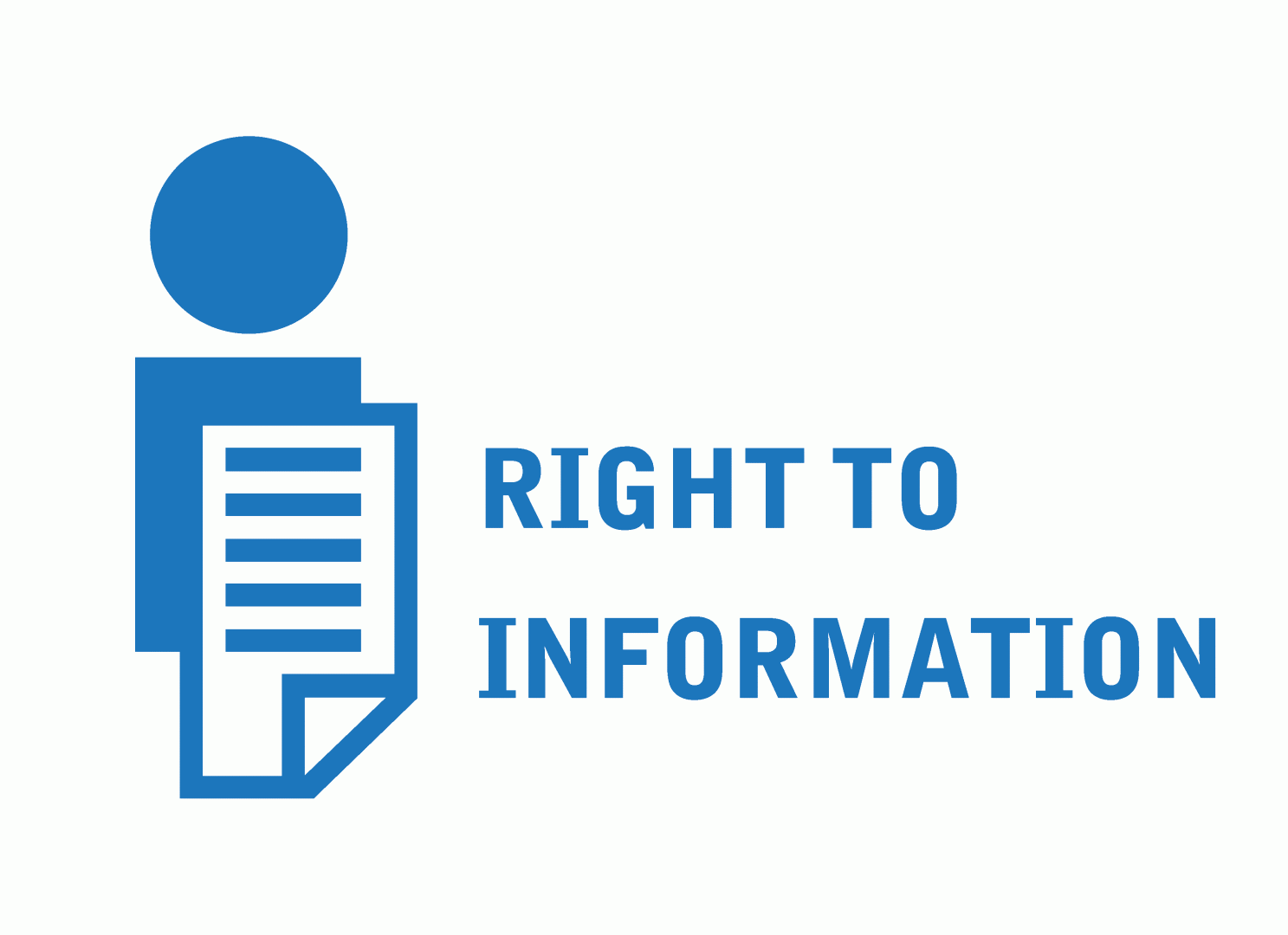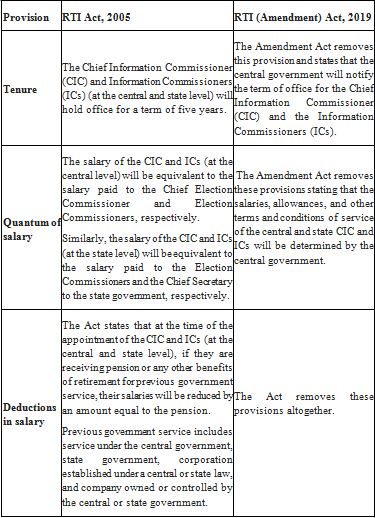The RTI debate: the original 2005 Act vs. the 2019 Amendment
By Osama Irfan Khan
The Right to Information (Amendment) Bill 2019, amending the RTI Act 2005, was passed on July 25, 2019, when the Rajya Sabha gave its assent with 117 MPs voting against referring them to a select committee and 75 voting for it.
What did the RTI Act 2005 do?
Under The Right to Information Act, 2005, public authorities were required to disclose the various aspects of their structure and functioning, which included disclosure on their organisation, functions, structure, powers and duties of its officers and employees and financial information. If such information was not already available, citizens had the right to request it from authorities, which may include information in the form of files, documents, or electronic records under the control of public authorities. The RTI Act was hailed across the country as a landmark decision as it empowered citizens to easily have information regarding the government and its officials (except information considered necessary and sensitive to the national security). This historic legislation ensured accountability, transparency and probity in the governance of the country and was to become a useful tool against corruption and inefficiency in governance. In the first ten years itself, around 1.7 crore applications were filed, of which 25% were requests made to the central government.
Who all are included in the ambit of ‘Public Authorities’?
The Act covers legislature, executive and judiciary. ‘Public Authorities’ include Central, State and local government bodies established under the Constitution, or under any law or government notification. For example, these include ministries, public sector undertakings, and regulators. It also includes any entity, which is owned, controlled or substantially financed, and non-government organisations (NGOs) substantially funded directly or indirectly by the government.
How is the right to information enforced under the RTI Act?
The Act established a three-tier structure for enforcing the right to information guaranteed under it.
Public Authorities assign some of their officers as Public Information Officers. The request for information first goes to Central/State Assistant Public Information Officer and Central/State Public Information Officer, assigned by the Public Authorities. These officers have to provide the requested information to the RTI applicant within 30 days of the request. An Appellate Authority hears the appeal against the decision of Public Information Officers. State Information Commission or the Central Information Commission hears the petitions against the order of the Appellate Authorities. These Information Commissions is headed by the Chief Information Commissioner and includes up to 10 Information Commissioners.
What changes does the Right to Information (Amendment) Act, 2019 bring?
The Amendment Act changes section 13 and 16 of the original, dealing with the terms and conditions of service of the Chief Information Commissioner and Information Commissioners at the centre and in states.
The table below compares the provisions of the Original and the Amendment Act:
